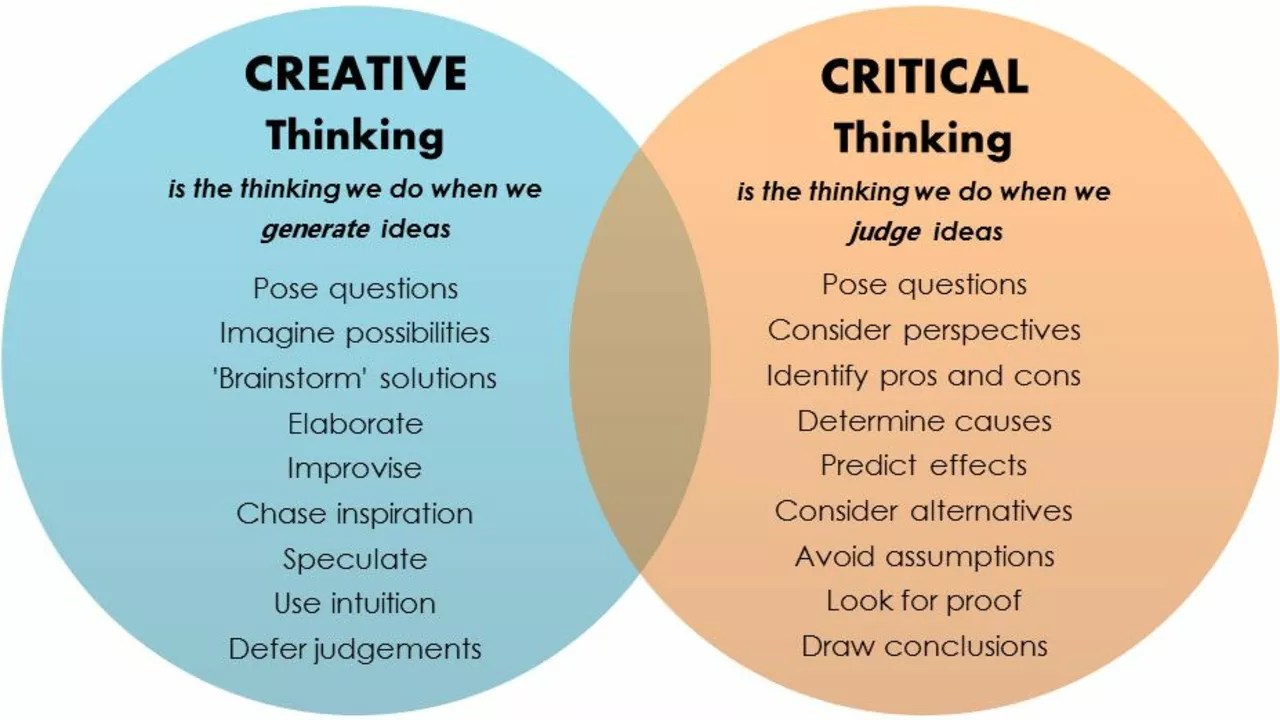Pros and Cons: How to Spot the Good and the Bad Quickly
We all face choices – from signing up for a new AI app to buying an electric SUV. The fastest way to cut through the noise is a simple pros and cons list. It lets you line up the positives and negatives side by side, so the decision feels less like a guess and more like a fact‑based move.
Simple Steps to Build a Pros and Cons List
1. Write the decision at the top. Whether it’s “Use Google Gemini Banana AI” or “Choose Mahindra XUV400 EV,” put the exact choice in the center.
2. Grab two columns. Label one "Pros" and the other "Cons." Keep the layout clean – a notebook, a spreadsheet, or even a phone note works.
3. Add items fast. Spend two minutes listing everything that feels good about the option, then two minutes on everything that worries you. Don’t edit yet; capture the first thought.
4. Score each point. Give a quick rating from 1 to 5 based on how much it matters to you. A high‑impact safety risk gets a 5, a small convenience might be a 2.
5. Total the scores. Add up the pros and the cons separately. If the pros score higher, the choice leans positive – but look at the biggest single entries too. One “5” on the cons side can outweigh several low‑score pros.
6. Re‑check for missing items. Ask yourself, “What would I regret not seeing?” Add any fresh thoughts, then compare scores again.
Real‑World Examples From Our Articles
Take the Google Gemini ‘Banana AI’ trend. The pros list might include “free AI image generation” and “fun novelty.” The cons quickly stack up: “risk of personal data theft,” “potential deepfake abuse,” and “no guarantee of privacy policy.” Scoring the cons higher pushes the recommendation to avoid uploading personal photos.
Look at the Mahindra XUV400 EV. Pros are “zero‑emission drive,” “modern specs,” and “eligible state incentives.” Cons include “limited discount information,” “possible higher upfront cost,” and “charging infrastructure still growing.” The balanced score shows the EV is a win for eco‑minded buyers, but they need to hunt down real‑world deals before committing.
When deciding if Air India is a luxury airline, pros could be “comfortable seats,” “friendly crew,” and “wide network.” Cons cover “inconsistent amenities,” “older entertainment system,” and “higher ticket price than budget carriers.” The list tells frequent flyers that Air India offers a decent experience but may not satisfy luxury seekers.
These snapshots illustrate how a quick pros and cons grid turns vague feelings into clear numbers. You can apply the same method to any topic on our site – politics, lifestyle, tech – and walk away with a decision you can back up.
Ready to test it? Grab a pen, pick a current dilemma, and fill out the two columns. Within five minutes you’ll see the path clearer than any lengthy article. The power of pros and cons is that it puts the choice back in your hands, no matter how noisy the world feels.
Travel and Living Abroad

What are the pros and cons of moving to New Delhi?
Well, butter my buns and call me a biscuit, moving to New Delhi is quite the rollercoaster ride! Firstly, it's an absolute fiesta for your taste buds with its array of diversified, spicy meals that'll leave you salivating for days. Plus, the cultural richness is like a kaleidoscopic carnival ride, thanks to the bustling festivals and historical sites. But hold onto your hats, folks, because the traffic is a mad dash akin to a fast-paced thriller movie. And let's not forget about the air pollution, which sometimes feels like being part of a smoky film noir scene. So, in a nutshell, moving to New Delhi is a spicy mix of flavorful food, cultural vibrancy, chaotic traffic, and some slightly overcooked air quality.